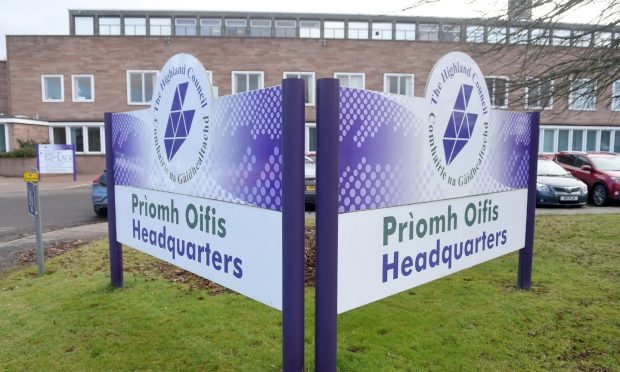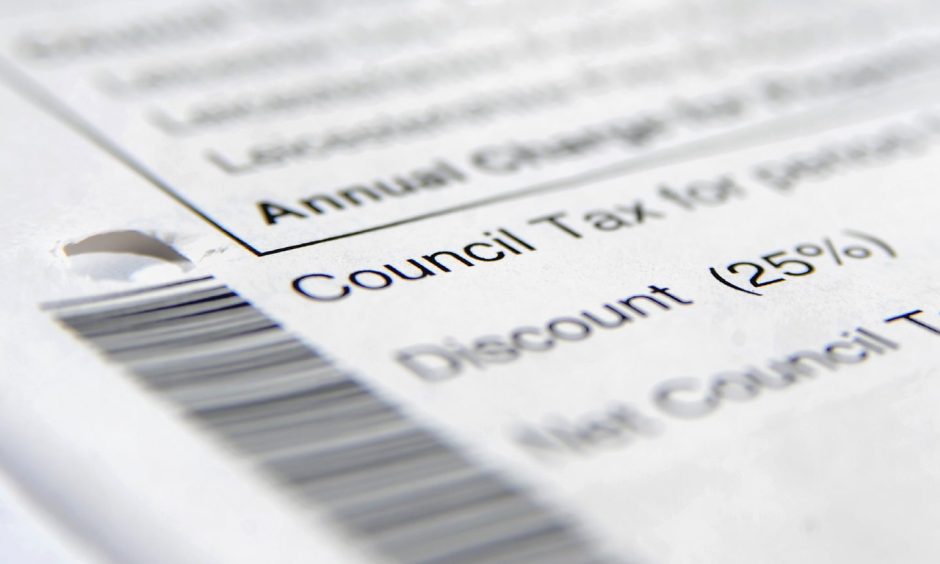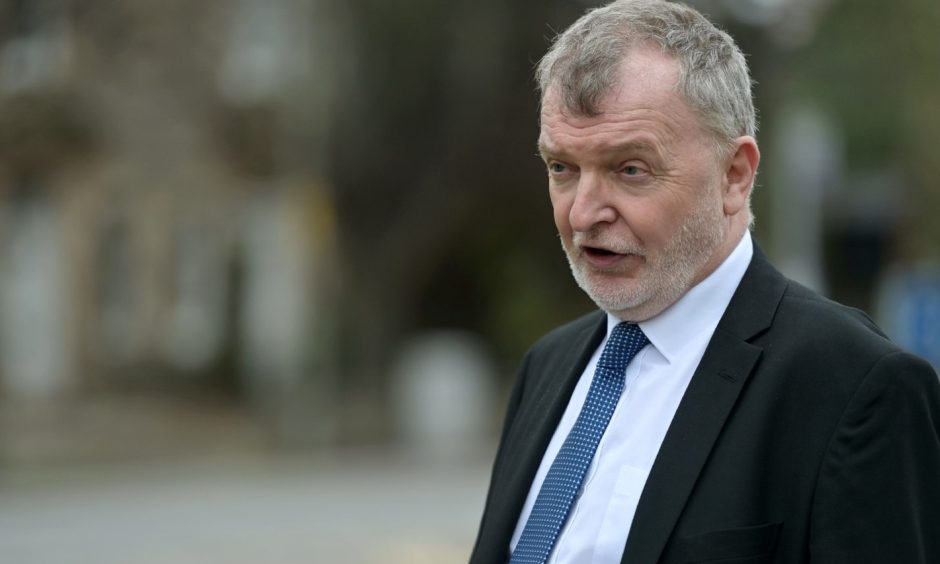Highland Council officials have been considering increasing council tax bills by at least 5% each year for the next three years, a report has revealed.
It comes as the council tries to plug a gap of around £100 million – the largest deficit of Scotland’s 32 local authorities – as well as invest more in infrastructure across the region through a £2 billion investment plan.
In papers released ahead of a meeting of the Highland Council on October 31, a medium-term financial plan (which runs from 2025 to 2028) shows the local authority is budgeting using projections of at least a 5% increase in each of the next three years.
Council tax was frozen earlier this year, as the Scottish Government provided additional funding to councils who did not increase it, and penalised those that did not.
In 2022, residents in the Highlands saw a 3% rise in council tax, increasing to 4% in 2023.
In a bid to be more financially stable, Highland Council moved to a three-year budgeting model, however, they must legally still set annual budgets.
In the report, the author of the finance report refers to the 5% increase as ‘funding assumptions’.
If a 5% council tax rise is implemented it would see the authority make the following amount as a result:
- 2025/26 – £160 million
- 2026-27 – £169 million
- 2027-28 – £179 million
‘Highland Investment Plan’ funds needed
In addition, the report also speaks of the Highland Investment Plan, which could see households face another increase in council tax to secure loans for the proposals, understood to be around £2.8 billion.
This could result in a 2% increase on top of the additional 5% to 7%, or the money would have to be found elsewhere, i.e. by cutting services.
Papers that are due to be discussed at Highland Council’s full council meeting show that it has already been agreed that council tax may be used to fund the near £3 billion plan.
Reacting to the news of a potential rise in council tax, Liberal Democrat councillor Alasdair Christie said next week’s UK Government budget and the Scottish Government’s equivalent in December should be “taken into account”.
He added: “I think it’s very premature to start scaring people with tax raises and the SNP-led administration council should really consider more fully and consult before they go on to that percentage increase rise, rather than state it and say they’re going out to consultation later.”
Highland Council tax yet to be formally decided
A Highland Council spokesperson insisted the 5% figure is used as a “planning tool”.
“As illustrated in both this report and in the February 2024, revenue budget, council tax and medium-term financial plan 2024/25 to 2026/27 report, an indicative 5% per annum increase in council tax in those years was used as a planning tool in support of the medium-term financial plan,” they said.
“The additional 2% mentioned in this report is the basis of the level of additional funding required to fund the Highland Investment Plan and may be inclusive or in addition to a council tax rise depending on a range of factors including funding levels.
“At this point the paper does not make council tax recommendations. Council tax rates are formally approved in the respective February/March of each year along with the approval of the annual budget.”



Conversation